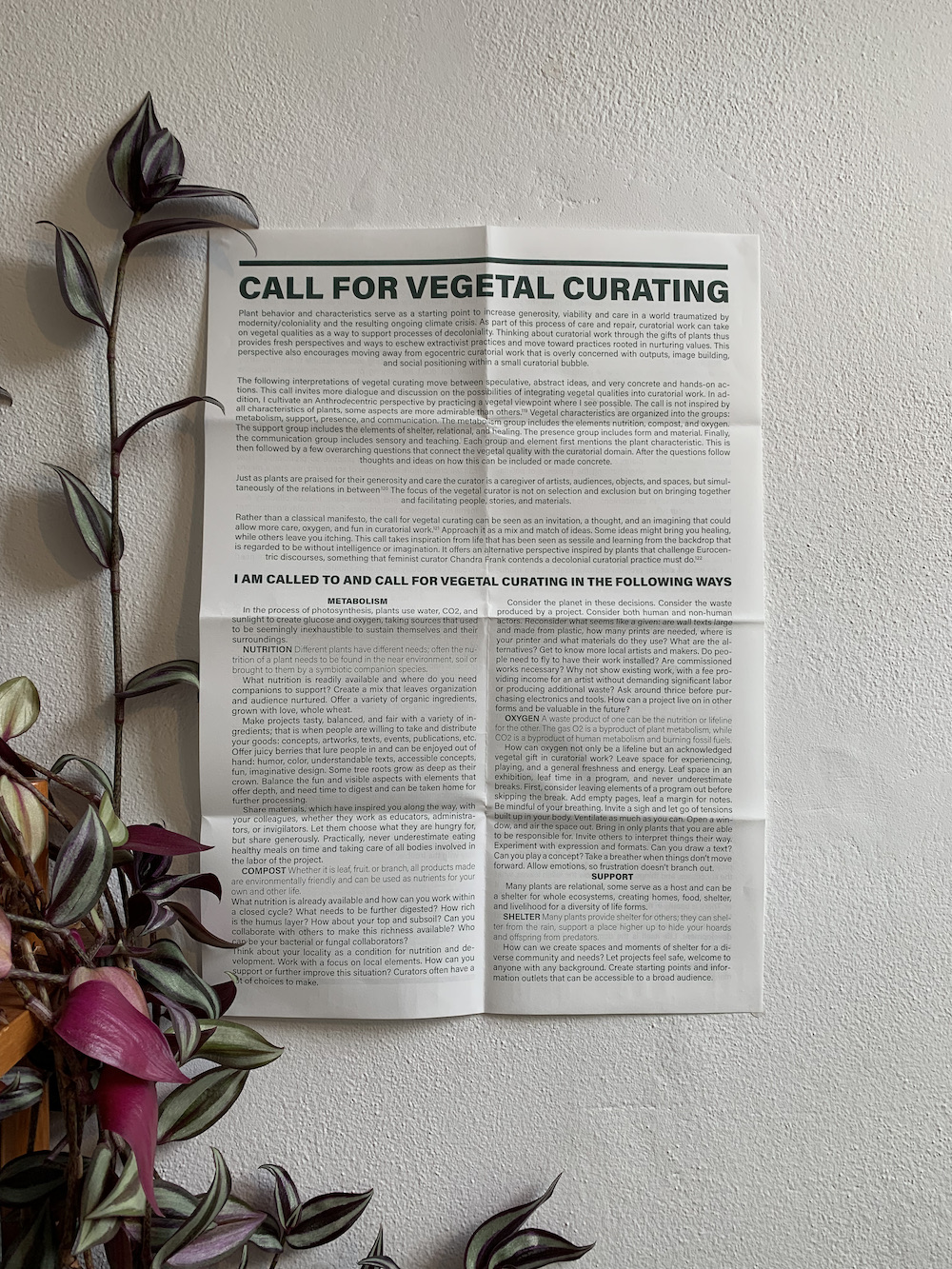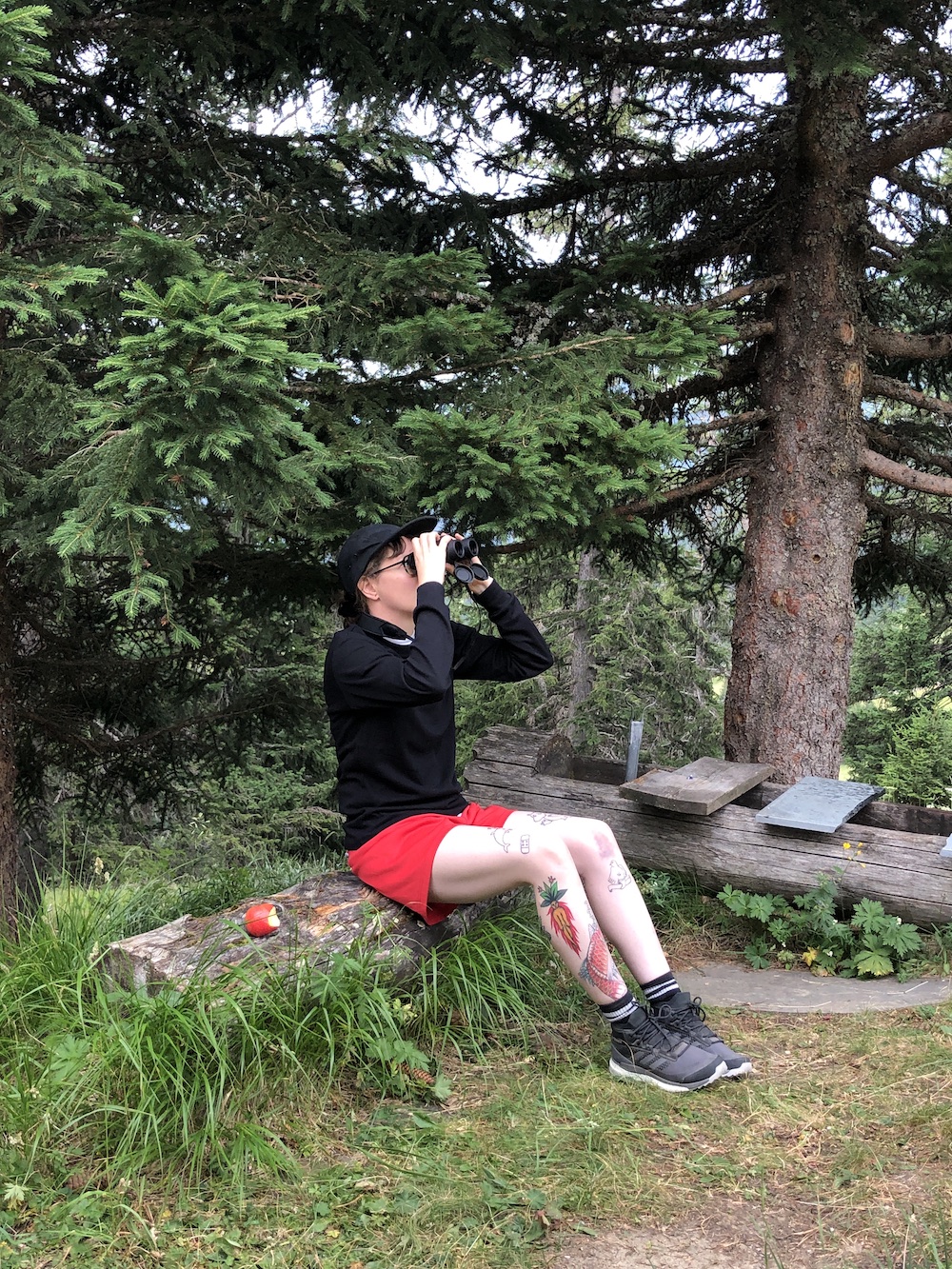Search
To search for an exact match, type the word or phrase you want in quotation marks.
A*DESK has been offering since 2002 contents about criticism and contemporary art. A*DESK has become consolidated thanks to all those who have believed in the project, all those who have followed us, debating, participating and collaborating. Many people have collaborated with A*DESK, and continue to do so. Their efforts, knowledge and belief in the project are what make it grow internationally. At A*DESK we have also generated work for over one hundred professionals in culture, from small collaborations with reviews and classes, to more prolonged and intense collaborations.
At A*DESK we believe in the need for free and universal access to culture and knowledge. We want to carry on being independent, remaining open to more ideas and opinions. If you believe in A*DESK, we need your backing to be able to continue. You can now participate in the project by supporting it. You can choose how much you want to contribute to the project.
You can decide how much you want to bring to the project.

The Vegetal Curator looks at plants as agents of decoloniality through curatorial and pedagogical processes. Below is an excerpt from the master’s thesis written as part of the graduate program in Visual Cultures, Curating, and Contemporary Art at Aalto University in Finland, supervised by Lucy Davis and examined by Jorge Menna Barreto. The paper consists of four chapters that work around the question: How can plants be approached as agents and companions in processes of decoloniality within artistic, curatorial, and pedagogical practices?
“It is easier to imagine the end of the world than the end of capitalism,” state Zizek and Jameson[1]Quote attributed to both Slavoj Zizek and Fredric Jameson.. Their quote illustrates how challenging it is to “stay with the trouble[2]The trouble is referring to the increasing and overwhelming crises of our current age, often described within the concept of the Anthropocene.”, as Donna Haraway calls it. Staying with the trouble, she says, means “finding a rich wallow in multispecies muddles.[3]Donna Haraway, “Tentacular Thinking: Anthropocene, Capitalocene, Chthulucene,” in Staying with the Trouble: Making Kin in the Chthulucene, 2016, p. 1.” Inviting an interdependent collective life, fluid, relational, based on coexistence and collaboration while acknowledging and working through issues. Change takes imagination, often in the form of art, as Ursula K. le Guin told us: “We live in capitalism, its power seems inescapable—but then, so did the divine right of kings. Any human power can be resisted and changed by human beings. Resistance and change often begin in art.[4]Ursula K. Le Guin, “The National Book Foundation Medal for Distinguished Contribution to American Letters acceptance speech,” 20-11-2014” The Vegetal Curatorthinks with plants and artworks activated by exercises to find courage, inspiration, and materials to imagine multispecies muddles, stay with the trouble and decolonize.
I approach plants as agents and witnesses of decoloniality—not as tools but as teachers and companions in unlearning coloniality and relearning forms of storytelling, listening, imagination, reciprocating, and queering.
Where a worldview of modernity worked on understanding through classification and categories, a way to now unlearn this is by relating to things themselves, in manners that exceed the categories which reduced them. I advocate for a move from rationality to relationality. Within this relationality, it is crucial to understand social issues in their environmental context and vice versa. In a similar vein, colonial histories, and coloniality as such, function as engines of racial and environmental violence entangled with the all-encompassing crises of the capitalocene[5]I prefer using capitalocene coined by Jason W. Moore over the more common term Anthropocene because capitalocene does not group all humans into one category but points out more specifically what … Continue reading. My ongoing research focuses on the discrepancy between glorified national narratives of exploration and discovery and the apocalyptic reality of coloniality. As a person with Dutch nationality, I focus particularly on the Netherlands and its colonial activities in the Southeast Asian archipelago known today as Indonesia. In my research, I connect the climate emergency to this longer historical cycle of colonial violence against humans and nonhumans alike.
I found brilliant, supportive, and generous allies in vegetal life to approach this intricate subject matter. Plants allow for the most generous variety of approaches to relate to them; for humans, plants can be beautiful, bring shade, have intriguing designs, offer relaxation, and many plants provide useful materials, fuel, foods, and medicine —apart from their oxygen that is crucial to our survival. These specific qualities are simultaneously central to the reasons why plants are implicated with colonialism. Our human lives are thoroughly entangled with those of plants; our histories have been written according to our lifestyles, livelihoods, production, trade, and global relations. Even though the perspective of plants is not considered, they play a central role in the movements, choices, options, interests, and courses of this history. As much as plants have influenced us, they also are marked by our behaviors and carry our stories, not just the dominant ones. While plants have such a different way of being in the world, they can show us alternative ways of being in the world through their involvement and the necessity of our relations.
To grant plants the position of an ally, it is important to attribute them agency and move away from seeing them as a passive backdrop. Plants are active agents in their environment, responding and communicating to the things going on around them like light, sound, color, touch, and chemicals. For their survival they are constantly active in relation to their surroundings; by increasing the brightness of their flowers when they detect pollinators, growing in directions of nutrients, sharing provisions, or producing poisons to ward off danger and signal intruders to their kin. They can thus be considered intelligent when we understand this concept as responding to and learning from the environment, making decisions based on experience, and participating in communication with other plants, fungal networks, and animals. Their communication in relation to humans is unobtrusive and subtle; they don’t speak their teachings but embody things we can learn from them, leaving the choice to us. This allows us to learn about ourselves in ways that are cared for, safe, and sheltered.
The very act of respiration equals being alive and is dependent and facilitated by plants. All multicellular creatures consume oxygen, however, manners of consuming—one example is breathing— can differ per species. Developing a consciousness about this exchange of CO2 and oxygen reminds us that this collaboration is at the core of our being. Our human bodies are multi-species communities; less than half of our cells are human, and especially the health of our skin and intestines is a collaboration with other microbial life. Plants, however, are cellular and their plant bodies consist of plant cells only, always reproducing more of themselves. Making us humans, in comparison, more alien. As oxygen is always produced by plants, we breathe in their output. Taking in a percentage of about 21 percent and returning 16 percent oxygen with a supplement of 4 percent carbon dioxide[6]Doug Johnson, “The Chemical Composition of Exhaled Air From Human Lungs,” Sciencing, 26-04-2018..
“... breathing is what allows for a passage from vegetative life to spiritual life. Thanks to the vegetal world, I could not only begin living again but also continue thinking[7]Luce Irigaray, Through Vegetal Being, 2016, p. 22..” – Luce Irigaray
To create more awareness and acceptance of this crucial process determining our being, I would like to invite you to consciously acknowledge the exchange and collaboration between plants and human animals and spend some time focusing awareness on your breathing through the lungs. However, a part of our intake of oxygen happens through the skin, which can be seen as a more vegetal way of breathing[8]See Michael Marder in Through Vegetal Being, 2016, p. 131..

Photo: Matthew C. Wilson
[Front image: Vegetal Curador by Marjolein van der Loo]
| ↑1 | Quote attributed to both Slavoj Zizek and Fredric Jameson. |
|---|---|
| ↑2 | The trouble is referring to the increasing and overwhelming crises of our current age, often described within the concept of the Anthropocene. |
| ↑3 | Donna Haraway, “Tentacular Thinking: Anthropocene, Capitalocene, Chthulucene,” in Staying with the Trouble: Making Kin in the Chthulucene, 2016, p. 1. |
| ↑4 | Ursula K. Le Guin, “The National Book Foundation Medal for Distinguished Contribution to American Letters acceptance speech,” 20-11-2014 |
| ↑5 | I prefer using capitalocene coined by Jason W. Moore over the more common term Anthropocene because capitalocene does not group all humans into one category but points out more specifically what systems and kind of behaviors have caused our current situation of climate and environmental crises. Austin Roberts, “Jason W. Moore: The Capitalocene, World-Ecology, and Planetary Justice [podcast],” in EcoCiv22, 21-09-2019. |
| ↑6 | Doug Johnson, “The Chemical Composition of Exhaled Air From Human Lungs,” Sciencing, 26-04-2018. |
| ↑7 | Luce Irigaray, Through Vegetal Being, 2016, p. 22. |
| ↑8 | See Michael Marder in Through Vegetal Being, 2016, p. 131. |

Marjolein van der Loo is a curator, art educator, and artist from the Netherlands with a passion for ecologies and a social agenda.
They initiate curatorial and pedagogical projects facilitating multiple ways of learning by employing the senses through a combination of practical and discursive collaboration. Her projects engage with issues related to ecologies, environment, feminisms, agricultures, decoloniality, critical pedagogy, storytelling, and language.
www.marjoleinvanderloo.com
Instagram: mrjlnvndrl
Photo: Somalgors74
"A desk is a dangerous place from which to watch the world" (John Le Carré)